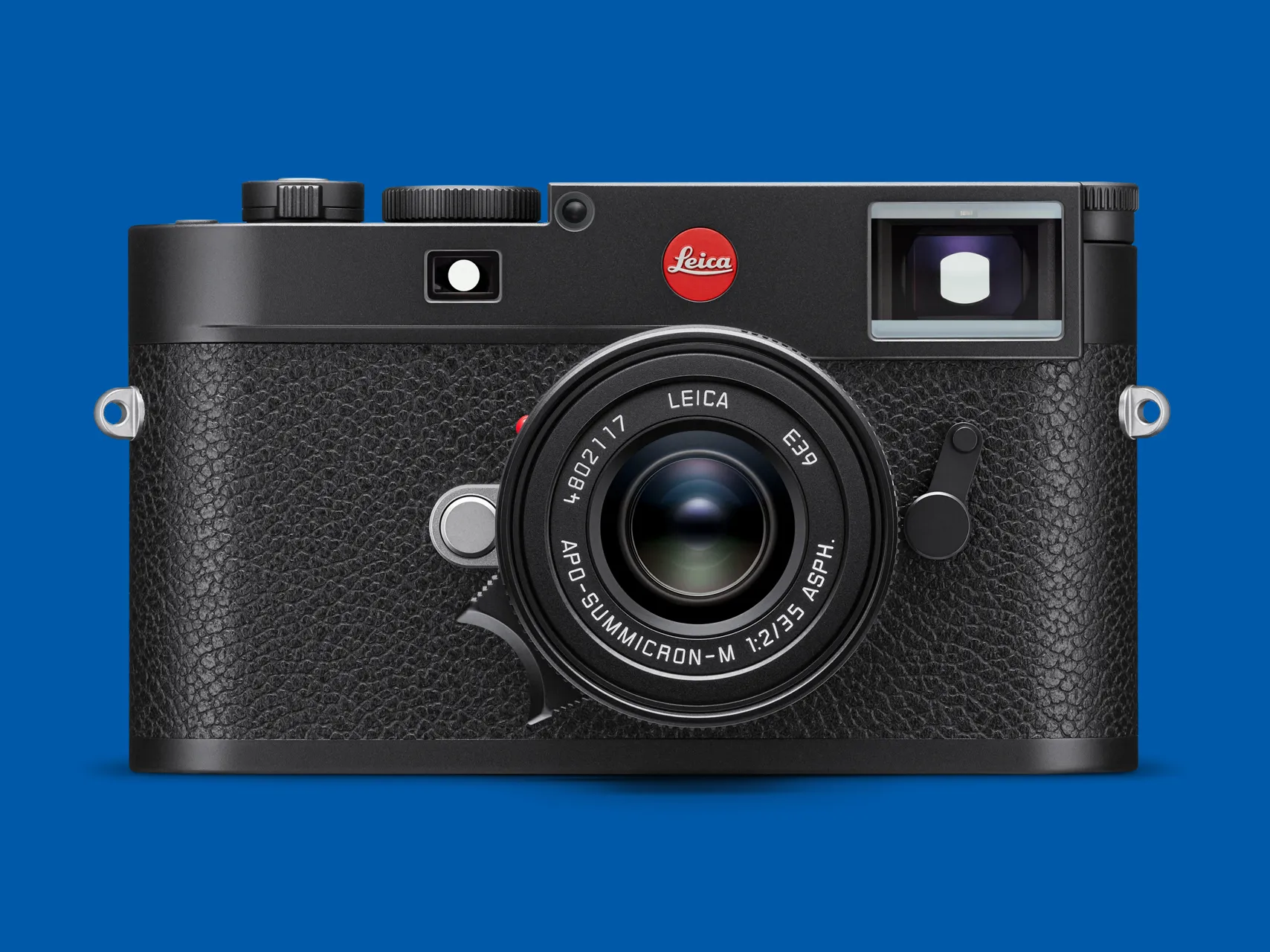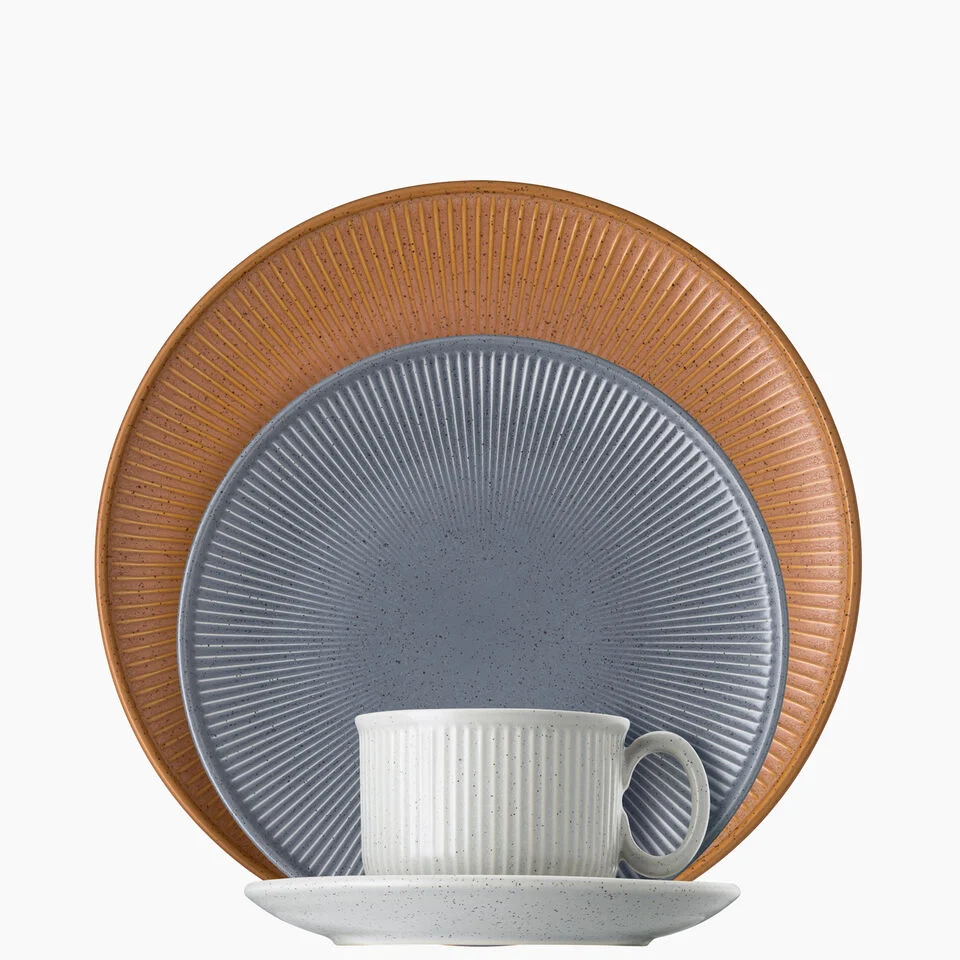I’ve been thinking about what you mentioned regarding choosing the best Leica camera for serious photography. Over my 15 years in the imaging and tech sectors, one thing is clear: picking the right Leica is less about hype and more about matching tools to the task. Leica cameras carry a legacy, but not all models serve every photographer equally. Here’s what works and what to watch out for.
Choosing the Leica M10: Classic Rangefinder Excellence
The M10 is the benchmark for traditional rangefinder enthusiasts. In one client engagement, the quiet shutter and manual controls offered a tactile experience that digital counterparts can’t match. It isn’t just nostalgia; the M10 delivers unmatched image quality with its full-frame sensor, perfect for street and documentary shooting. The downside? It demands familiarity and patience. Expect a learning curve if you’re new to manual focusing.
Understanding Leica SL2 for Versatility and Power
In contrast, the SL2 has proven itself in mixed workflows that demand both speed and quality. I worked with a team integrating Leica SL2 into a commercial shoot where interchangeable lenses and 5K video were essential. It handles dynamic assignments well but carries a heft that might deter pure rangefinder die-hards. For hybrid work demanding robust build and versatility, the SL2 is the best Leica camera option.
Exploring Leica Q2 for Compact High Performance
When a client needed portability without sacrificing image fidelity, the Leica Q2 was the answer. Its fixed 28mm f/1.7 lens immensely simplifies usage, ideal for travel and spontaneous shooting. The Q2’s fast autofocus and image stabilization reveal a step-change over previous models. However, I noticed limitations in focal length flexibility — remember it’s a fixed-lens system.
Considering Leica CL for Entry-Level Leica Enthusiasts
The CL makes great business sense if you want a Leica without straining budgets or complexity. It balances APS-C sensor performance with compact mirrorless convenience. A younger creative team appreciated this camera’s connectivity features and modern interface, proving Leica’s adaptability to new generations. That said, it doesn’t offer the same sensor size or manual charm as the M-series.
Why Leica M11 Pushes Traditional Boundaries
The M11’s triple-resolution sensor marks a significant leap. From a practical standpoint, it strikes a middle ground between older film-type feel and modern digital clarity. I recall a project where the M11’s enhanced dynamic range made a huge difference shooting scenes with extreme contrast. It’s the best Leica camera choice if you want uncompromised detail but resist digital-only aesthetics.
Evaluating Leica D-Lux 7 for Casual and Enthusiast Use
Not every Leica is about high-end pro work. When a client needed a stylish, easy-to-carry camera for casual shoots and social media, the D-Lux 7 stepped in. Its smaller sensor and compact design fit into the smart traveler’s kit. The reality is this camera won’t replace a full-frame system but delivers Leica aesthetics and usability without a huge price tag.
Leica Accessories: Enhancing Your Investment
I’ve seen many photographers neglect accessories and regret it later. Invest in quality lenses, durable camera straps, and proper cases—these elevate your Leica experience. For example, pairing your Leica with accessories from trusted sources like autoteilelocal.de can safeguard and expand the functionality of your gear, ensuring longevity and better shots in varied environments.
The 80/20 Rule: Why Leica’s Image Quality Justifies the Cost
In my consulting, I apply the 80/20 rule: 80% of your results come from 20% of your gear’s capabilities. Leica cameras don’t just make images; they craft enduring stories. Even if you own fewer lenses or simpler models, their optical precision yields images that stand out. This explains why serious photographers, even during economic downturns, prioritize Leica over more disposable brands.
Conclusion: Matching Leica Models to Real Needs
Look, the bottom line is this: the best Leica camera depends on your specific workflow, budget, and style. The M10 and M11 fit the rangefinder purists and storytellers; the SL2 caters to those who push limits with hybrid content; and the Q2 or CL serve different niche requirements. Remember the practical wisdom I’ve shared—experience beats trends when investing in Leica. Also, turning to trusted platforms for camera accessories or advice can save you from costly mistakes, much like evaluating cars is best done through reputable sites like e-autokaufenonline.de or topgebrauchtautos.de when buying second-hand.
FAQ
Which Leica model suits street photography best?
The Leica M10 is ideal for street photography due to its quiet shutter and manual controls, providing an unparalleled tactile experience.
Is the Leica SL2 good for video work?
Yes, the SL2 offers 5K video, interchangeable lenses, and robust build quality, making it great for hybrid photo-video projects.
Does the Leica Q2 have zoom capability?
No, the Q2 uses a fixed 28mm f/1.7 lens offering great quality but no zoom flexibility.
Can beginners use the Leica CL effectively?
Absolutely, the CL’s APS-C sensor and user-friendly design fit entry-level Leica users and creative professionals.
What makes the Leica M11 different from older models?
The M11 features a triple-resolution sensor with enhanced dynamic range, delivering superior detail and digital clarity.
Is the Leica D-Lux 7 a professional camera?
While not full-frame, the D-Lux 7 serves casual photographers well with its compact design and solid performance.
Do Leica accessories really impact shooting experience?
Yes, high-quality lenses and gear protection, sourced from trusted vendors, critically improve Leica usability.
Why do professionals choose Leica despite the cost?
Leica’s superior optics and build quality produce exceptional images that justify investment through better storytelling.





